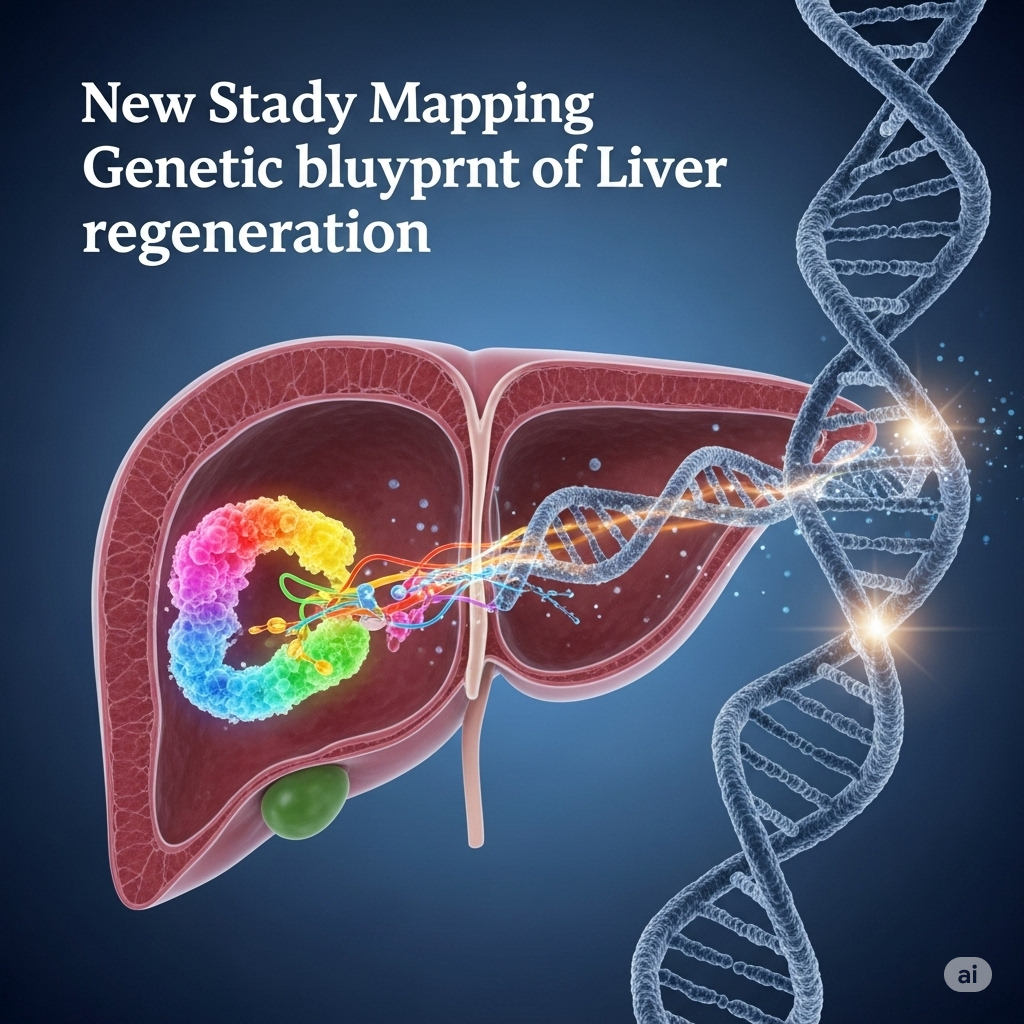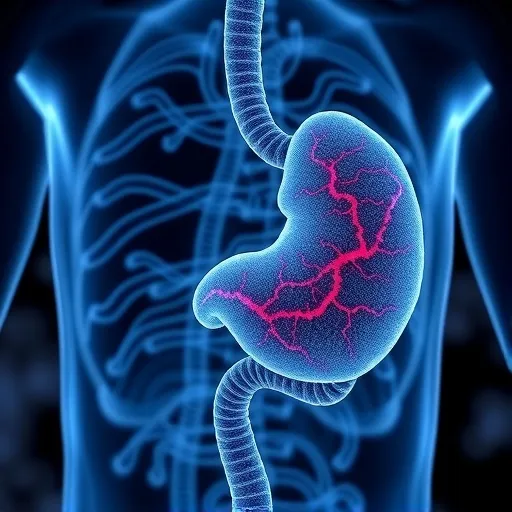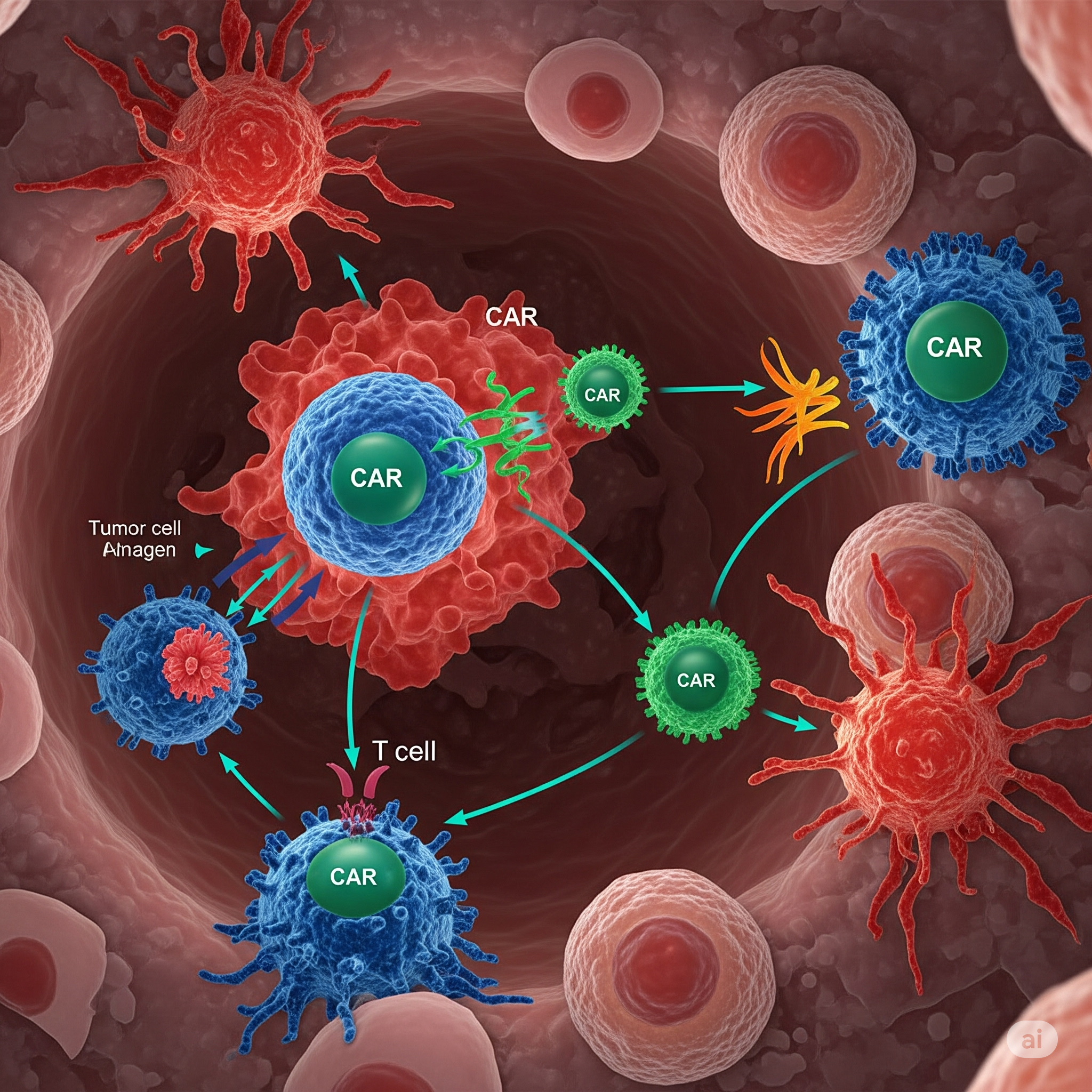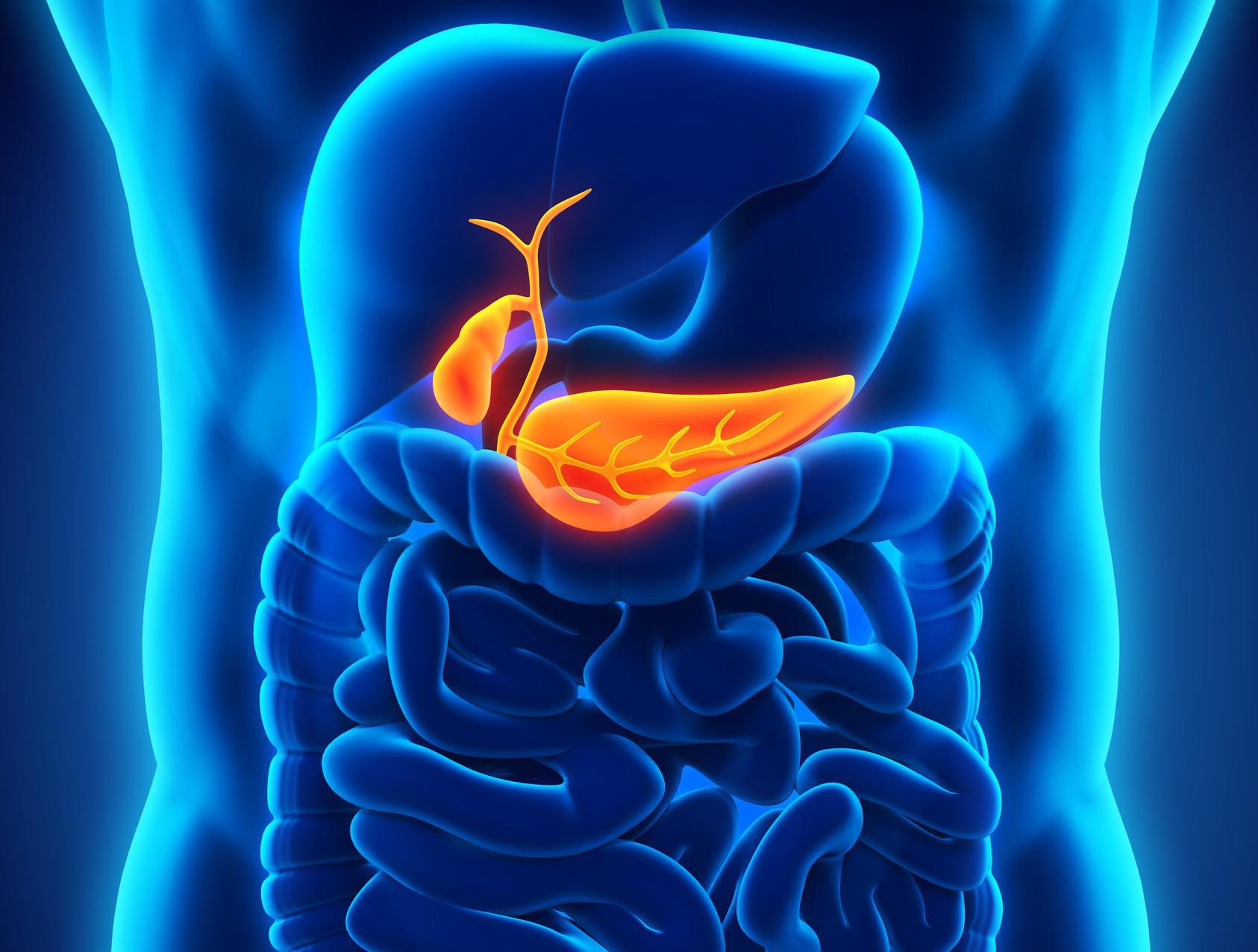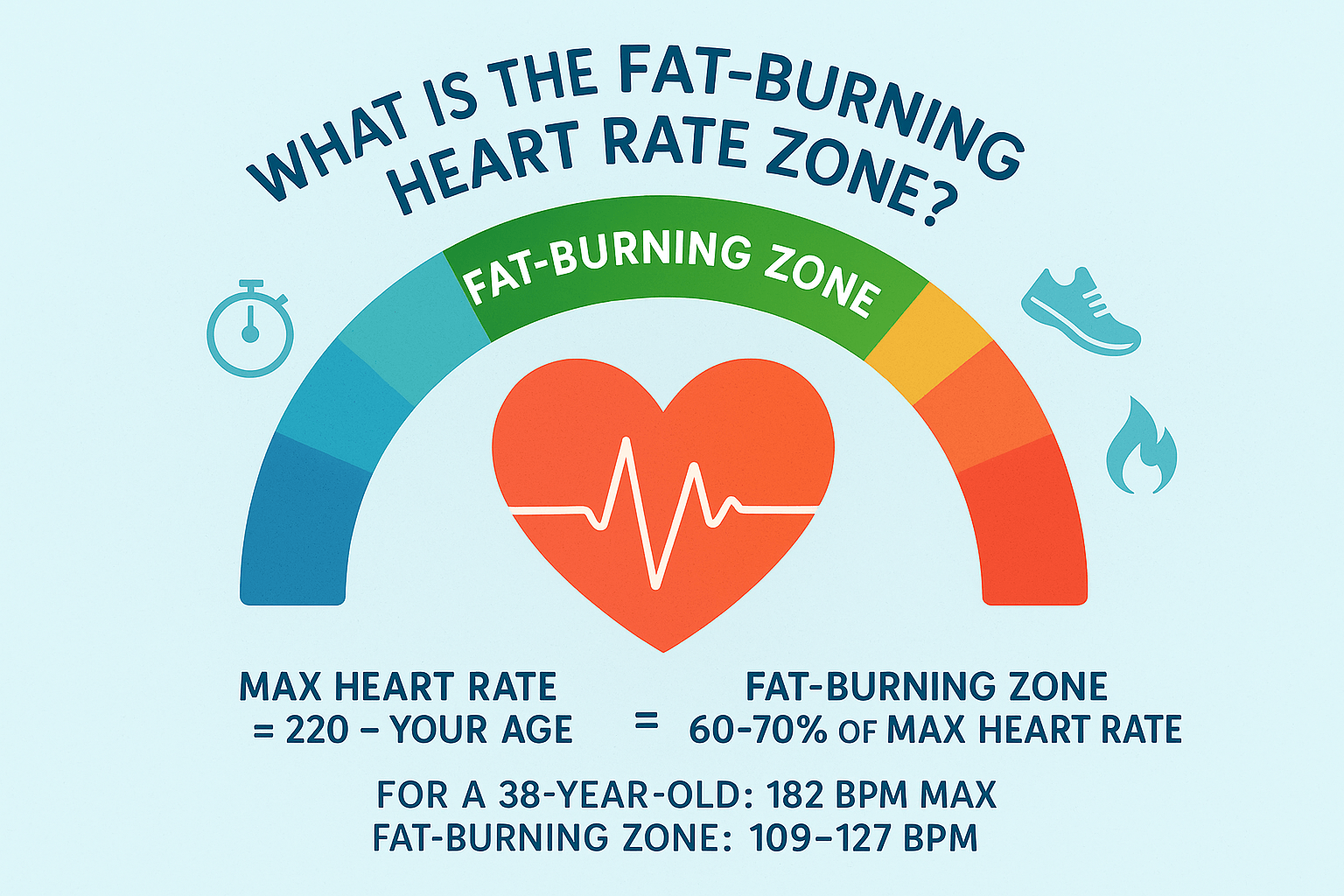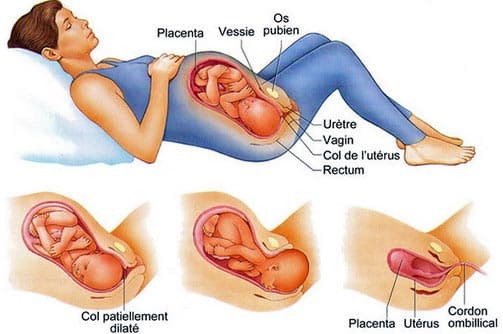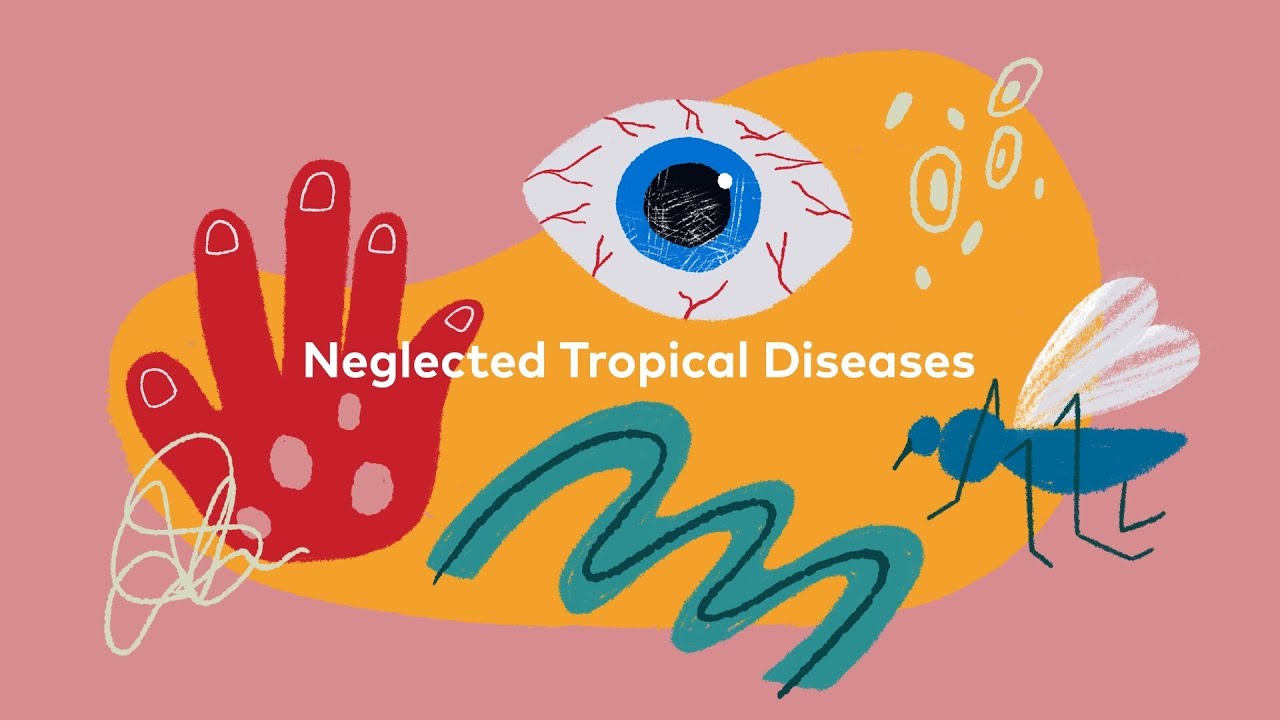A groundbreaking study led by scientists at the University of Barcelona has uncovered the specific DNA regions that trigger the liver’s remarkable ability to regenerate after injury. Published in the journal Cell Genomics, the research offers a comprehensive genome-wide map of the regulatory elements responsible for liver regeneration and their interaction with key genes involved in this complex biological process.
Known for its unique regenerative capacity, the mammalian liver can fully restore both its size and function following injury or partial removal—a phenomenon of major clinical importance. The new study sheds light on the genetic and molecular switches that control this regenerative ability, opening new avenues for regenerative medicine.
The study is led by Palmira Llorens-Giralt, along with professors Florenci Serras and Montserrat Corominas from the University’s Department of Genetics, Microbiology and Statistics, and the Institute of Biomedicine of the UB (IBUB). Collaborating institutions include the Bellvitge Biomedical Research Institute (IDIBELL), the CIBER Area for Liver and Digestive Diseases (CIBEREHD), the Centre for Genomic Regulation (CRG), and the Institute of Molecular Biology of Barcelona (IBMB-CSIC).
Unlocking the Genome’s Role in Liver Repair
Using a mouse model of partial hepatectomy—a surgical removal of a portion of the liver—the team analyzed changes in chromatin, the DNA-protein structure that governs gene expression. "This model mimics common clinical scenarios, such as tumor resection or living donor transplants," explained study co-leader Montserrat Corominas. "Understanding how the liver responds at the molecular level could help optimize these procedures."
Their findings reveal that liver regeneration is driven by a sophisticated network of regulatory DNA regions, particularly enhancers—segments that switch on gene expression. Interestingly, many of these enhancers are not only specific to regeneration but also include reactivated enhancers from liver embryonic development, suggesting that regeneration partially reuses the developmental genetic blueprint.
A Shift in Priorities: Growth Over Metabolism
The researchers found that during regeneration, the liver suppresses enhancers tied to its usual metabolic functions—such as fat metabolism and bile acid production—in favor of genes that drive cell proliferation. "It’s a trade-off," said first author Llorens-Giralt. "The liver temporarily shifts away from energy-intensive tasks to focus on rebuilding itself."
Key Transcription Factors Identified
The study also identifies crucial transcription factors—proteins that regulate gene activity—as key drivers of the regenerative process. In the early phase, complexes like AP-1 and ATF3 activate the necessary enhancers to kickstart cell division in dormant liver cells. Later, NRF2 takes over, orchestrating the continuation of regeneration. These findings offer insight into how gene activity is precisely timed and controlled throughout the repair process.
A Resource for Future Therapies
Among the most significant outcomes is the creation of a genome-wide map linking enhancers to their target genes during liver regeneration. This map serves as a valuable resource for future research, particularly for exploring potential therapies that could mimic or boost the liver’s natural repair mechanisms.
While the research remains in the realm of basic science, its implications are far-reaching. "Understanding these genetic mechanisms is a critical first step," the authors noted. "In time, it may lead to the development of drugs that selectively activate regenerative enhancers or improve recovery after liver surgery. This study lays the foundation for the future of translational regenerative medicine."
As the search for regenerative therapies accelerates, this study marks a major leap forward in decoding one of the body’s most extraordinary healing powers.
